L-GULOSE
- CAS NO.:6027-89-0
- Empirical Formula: C6H12O6
- Molecular Weight: 180.16
- MDL number: MFCD00136022
- EINECS: 227-897-3
- SAFETY DATA SHEET (SDS)
- Update Date: 2025-12-14 10:02:33
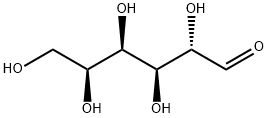
What is L-GULOSE?
Chemical properties
light yellow viscous oil
The Uses of L-GULOSE
L-Gulose is an aldohexose sugar. L-Gulose very rarely occurs in nature but has been found in archaea, bacteria and eukaryotes. L-Gulose is not fermentable by yeast. L-Gulose also serves as a direct precursor of L-ascorbic acid in plant cells.
The Uses of L-GULOSE
L-gulose is a compound useful in organic synthesis.
What are the applications of Application
L-(+)-Gulose is a rare aldohexose sugar that is a C-3 epimer of galactose
Definition
ChEBI: The L-enantiomer of gulopyranose.
Properties of L-GULOSE
| Melting point: | 132 °C |
| Boiling point: | 232.96°C (rough estimate) |
| alpha | D20 +61.6°; D +21.3° (c = 4.58) (Evans, Parrish) |
| Density | 1.2805 (rough estimate) |
| refractive index | 25 ° (C=0.5, H2O) |
| storage temp. | Sealed in dry,Room Temperature |
| solubility | DMSO (Slightly), Methanol (Slightly), Water (Slightly) |
| form | Solid |
| pka | 12.45±0.20(Predicted) |
| color | White |
| optical activity | [α]/D +23.0±2°, 24 hr, c = 0.5% in H2O |
| Water Solubility | Water: 250 mg/mL (1387.66 mM) |
| Merck | 14,4579 |
| CAS DataBase Reference | 6027-89-0(CAS DataBase Reference) |
Safety information for L-GULOSE
| Signal word | Warning |
| Pictogram(s) |
 Exclamation Mark Irritant GHS07 |
| GHS Hazard Statements |
H302:Acute toxicity,oral H315:Skin corrosion/irritation H319:Serious eye damage/eye irritation H335:Specific target organ toxicity, single exposure;Respiratory tract irritation |
| Precautionary Statement Codes |
P261:Avoid breathing dust/fume/gas/mist/vapours/spray. P305+P351+P338:IF IN EYES: Rinse cautiously with water for several minutes. Remove contact lenses, if present and easy to do. Continuerinsing. |
Computed Descriptors for L-GULOSE
New Products
Indole Methyl Resin tert-butyl 9-methoxy-3-azaspiro[5.5]undecane-3-carboxylate Boc-His(Boc)-OH 2-CTC Resin 4-Chloro-7-tosy1-7Hpyrrolo[2,3-d]pyrimidine 5,7-Dibromo-1H-indole 2,5-dichloro-N-hydroxy-4,6-dimethylpyridine-3-carboximidamide 2,2-Dimethoxy-7-azaspiro[3.5]nonane hydrochloride 4-chloromethyl-5-methyl-1,3-dioxol-2-one (DMDO-Cl) R-2-BENZYLOXY PROPIONIC ACID 1,1’-CARBONYLDIIMIDAZOLE 1,1’-CARBONYLDI (1,2-4 TRIAZOLE) N-METHYL INDAZOLE-3-CARBOXYLIC ACID 4-((2-hydroxyethyl)thio)benzoic acid 1-(TERT-BUTOXYCARBONYL)-2-PYRROLIDINONE Methyl 6-methylnicotinate 3-Pyridineacrylic acid tert-Butyl carbazate TETRAHYDRO-2H-PYRAN-3-OL 2-((4-morpholinophenylamino) (methylthio) methylene) malononitrile 3-(4-morpholinophenylamino)-5-amino-1H-pyrazole-4-carbonitrile 2,4-dihydroxybenzaldehyde 1,3-Diethyl-1,3-Diphenylurea Methyl 2-methylquinoline-6-carboxylateRelated products of tetrahydrofuran
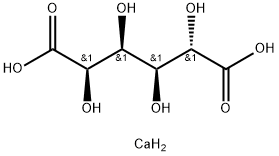
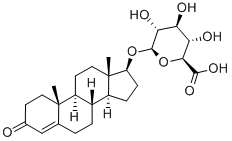
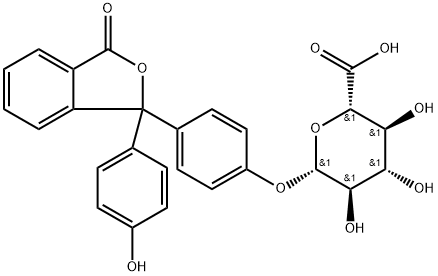

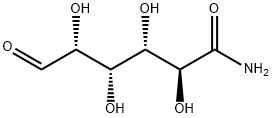
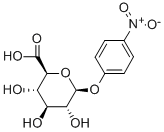
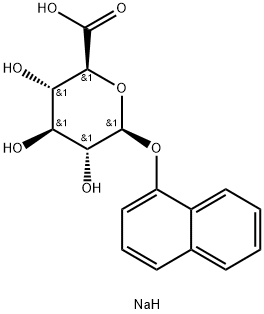
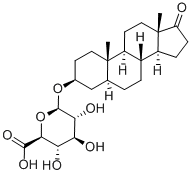
You may like
-
 L-Gulose 95% CAS 6027-89-0View Details
L-Gulose 95% CAS 6027-89-0View Details
6027-89-0 -
 L-Gulose CAS 6027-89-0View Details
L-Gulose CAS 6027-89-0View Details
6027-89-0 -
 Pyridine 99.5% HPLC /UV SpectroscopyView Details
Pyridine 99.5% HPLC /UV SpectroscopyView Details
110-86-1 -
 Piperazine Spot supply, best priceView Details
Piperazine Spot supply, best priceView Details
110-85-0 -
 Dibutyl PhthalateView Details
Dibutyl PhthalateView Details
84-74-2 -
 Imidazole Spot supply, competitive priceView Details
Imidazole Spot supply, competitive priceView Details
288-32-4 -
 Octadecyl 3-(3,5-di-tert-butyl-4-hydroxyphenyl)propionate 98% (GC)View Details
Octadecyl 3-(3,5-di-tert-butyl-4-hydroxyphenyl)propionate 98% (GC)View Details
2082-79-3 -
 Thiourea 99% ARView Details
Thiourea 99% ARView Details
62-56-6
Statement: All products displayed on this website are only used for non medical purposes such as industrial applications or scientific research, and cannot be used for clinical diagnosis or treatment of humans or animals. They are not medicinal or edible.
